In the realm of plastic symbols, the number “1” symbolizes “PET” , the primary material for numerous mineral water bottles and carbonated drink containers.
The ubiquitous nature of this application has sparked heightened concern among the public: Is PET plastic safe?
To assess its safety, we delve deeply into the chemical properties of PET plastic, its conditions of use, and the long-term health impacts it may entail.
This exploration aims to provide a comprehensive understanding of PET plastic’s safety profile and its implications in everyday use.
What Is PET Plastic?
PET plastic is the abbreviation of Polyethylene terephthalate, abbreviated PET or PETP, chemical formula for (C10H8O4)n.
This substance is a crystalline, saturated polyester, typically milky white or light yellow, highly crystalline, and smooth and shiny on the surface.
Along with PBT plastic, it is referred to as a thermoplastic polyester or a saturated polyester.
Owing to its excellent transparency, toughness, and high-temperature resistance, PET has become one of the most common materials in the packaging industry.
Hence, the safety of PET is of paramount importance.
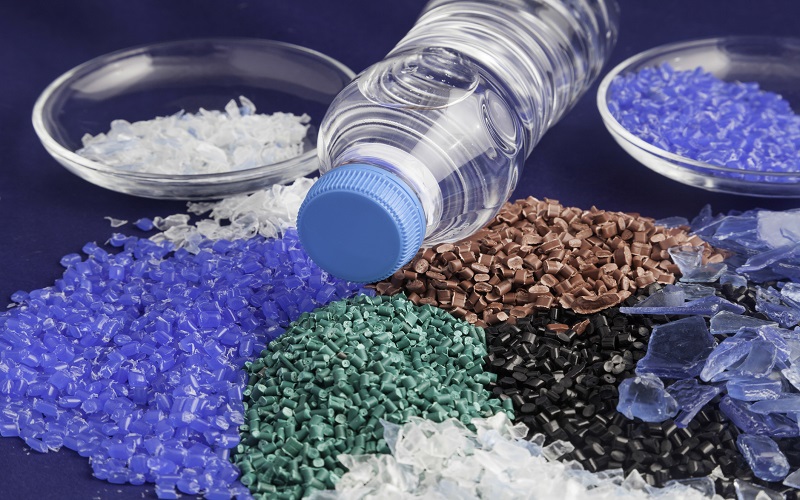
Is PET Plastic BPA Free?
Currently, the synthesis of polyester in the world mainly adopts the plastic production process of direct reaction between PTA and EG, typically divided into two steps: esterification and polycondensation reactions.
Although the basic composition of PET is relatively simple, its material components do not contain BPA or heavy metals, making PET particularly popular in the field of food and beverage packaging.
At the same time, the production process of PET does not involve harmful chemicals, such as chlorinated compounds or the release of other toxic substances, thus it is considered a safe choice.
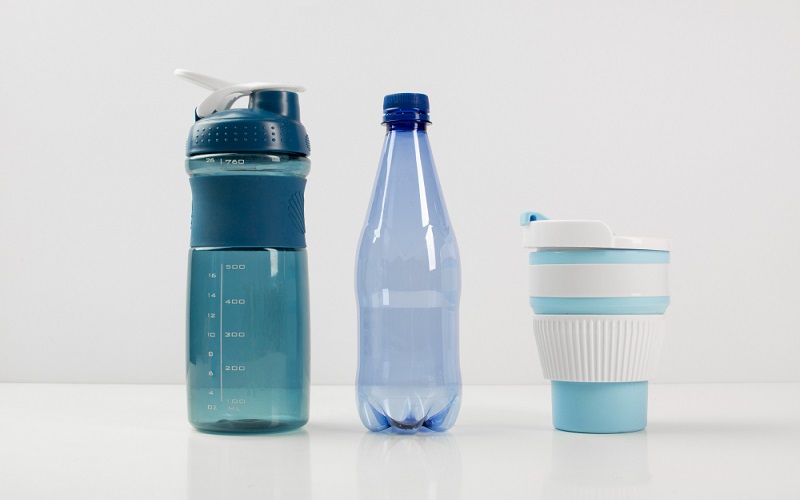
What Is The Manufacturing Process Of PET Plastic?
When processing PET materials, extrusion molding and injection molding are the most commonly used techniques.
In the production of various complex shapes and high-precision injection molded PET products, the molten PET material is injected into a mold, where it is formed into the desired product through pressure and cooling.
Products made using the PET injection molding process have high strength, good toughness and impact resistance.
It can withstand pressure and impact during transportation and use.
Additionally, PET has strong resistance to most acids, bases, and solvents.
This means it can be safely used to store a variety of foods, beverages, and chemicals.
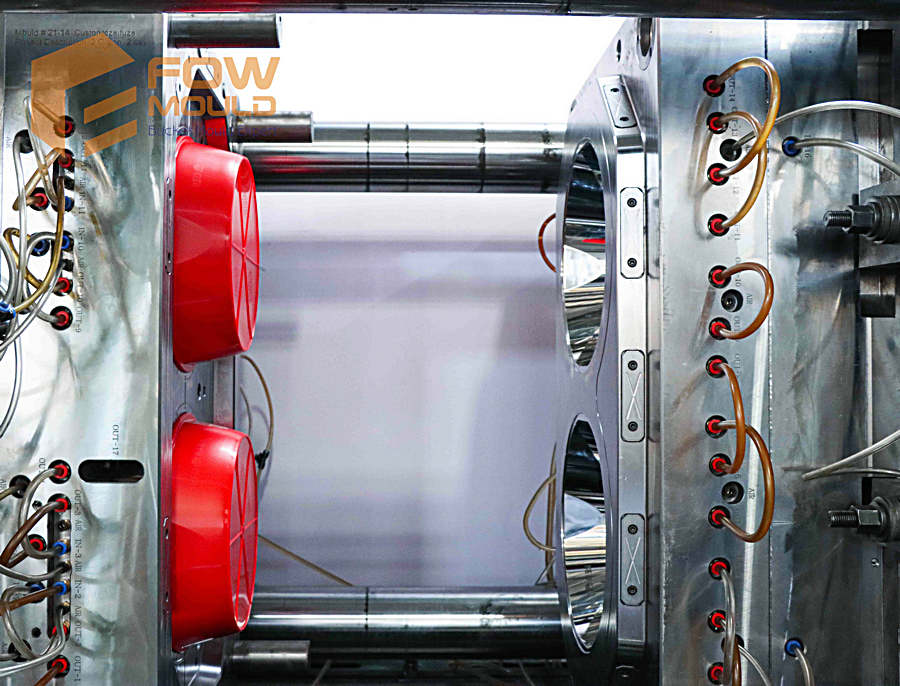
PET In Packaging: The Safety of Bottled Water
It is reported that PET is the most commonly used plastic in beverage and hard food packaging, with approximately 27 million tons used globally each year, of which 85% is utilized for making bottles.
PET plastic bottles are widely adopted due to their high strength, good transparency, non-toxicity, and lightweight.
They have evolved from initially being used for carbonated drinks to now include beer bottles, edible oil bottles, condiment bottles, medicine bottles, and cosmetic bottles.
However, it is important to note that PET plastic has relatively poor heat resistance.
Exposure to hot water around 70°C can deform the bottle and potentially release harmful substances.
Therefore, it is advised not to expose PET containers to high temperatures and to avoid reusing them.
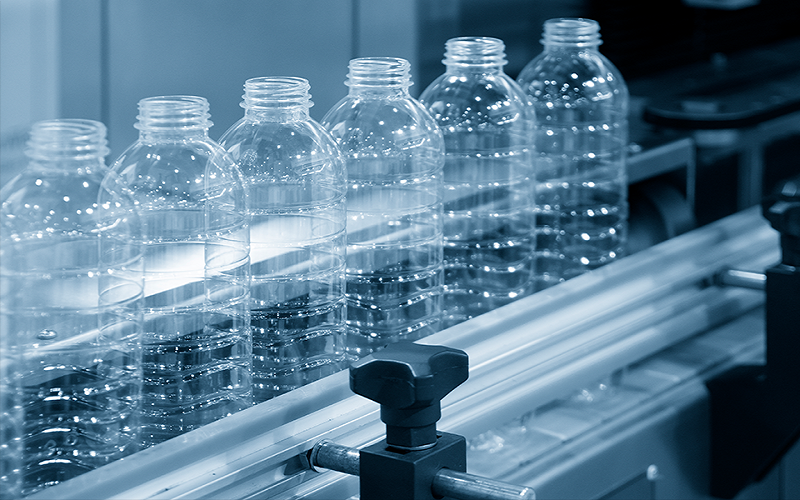
The Environmental Impact Of PET Materials
Although PET plastic excels in many respects, it also poses some sustainability challenges.
Firstly, there is the problem of plastic pollution.PET plastic is very difficult to break down naturally, making it one of the main plastic wastes in the marine and terrestrial environments.
Secondly, the production process of PET requires substantial amounts of energy and chemicals, placing a certain strain on the environment.
The extraction and processing of PET’s raw materials, such as petroleum and natural gas, lead to greenhouse gas emissions, further exacerbating air pollution.
Therefore, efforts are being made to find ways to safely degrade PET plastic, offering more environmentally friendly solutions.
People are exploring methods to mitigate the environmental impact of PET, aiming for a greener and more sustainable approach.
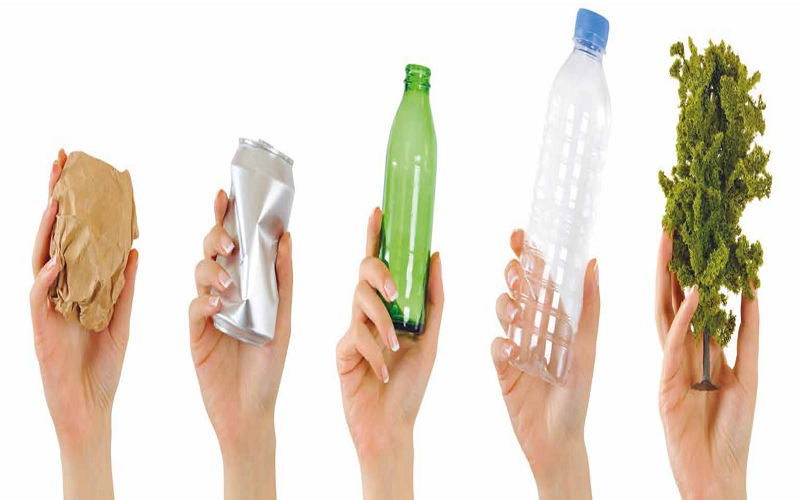
How to Recycle PET?
PET bottles are currently the more recyclable plastic packaging material and are 100% recyclable.
However, current methods of recycling PET predominantly involve physical and chemical means.
Techniques such as electrostatic separation, suspension separation, chain extension modification, and chlorination modification are used to break down PET, which is then reprocessed into new PET bottles, polyester fibers, etc.
These methods, to varying degrees, compromise some of the physical and chemical properties of PET.
Moreover, the entire recycling process is energy-intensive and results in significant emissions of greenhouse gases, thereby causing environmental pollution.
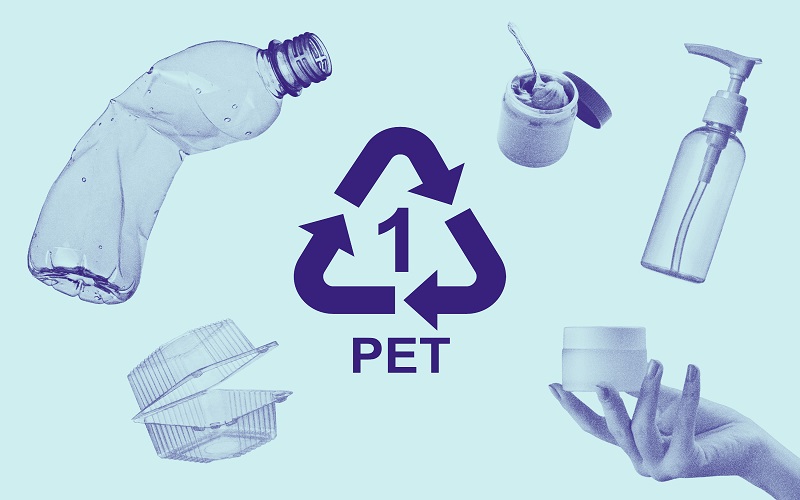
Health Impacts Of PET Products
PET plastic products in the market, as long as they comply with national standards and are stored under appropriate conditions and for suitable durations, generally do not pose a hazard to human health.
Although PET itself is safe, its performance is limited at high temperatures.
For instance, exposing PET containers to overly hot environments (such as above 70°C) may lead to substance migration or deformation of the container.
Under extreme conditions, like prolonged exposure to high temperatures, PET may release trace amounts of chemical substances, such as the metal catalyst antimony.
However, under normal usage conditions, this migration is minimal and typically insufficient to affect human health.
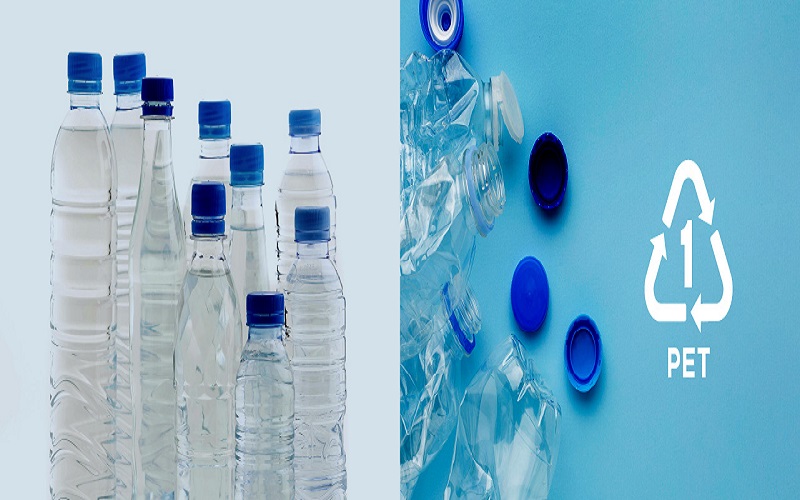
PET vs PP: Which is better?
First, let’s compare the characteristics of these two materials. Polypropylene exhibits excellent corrosion resistance, wear resistance, and high-temperature tolerance, making it suitable for manufacturing high-temperature equipment and chemical containers, thereby highlighting the safety of PP in such applications.
PET material, on the other hand, offers good transparency and mechanical properties, and is widely used in bottle caps, food packaging, and other areas.
However, compared to PP, PET is more environmentally friendly and recyclable.
PET bottles can be recycled and reused, whereas PP is not as easily recyclable.
Additionally, the manufacturing process of PP requires a significant amount of chemical materials and energy, whereas PET is relatively more environmentally friendly.
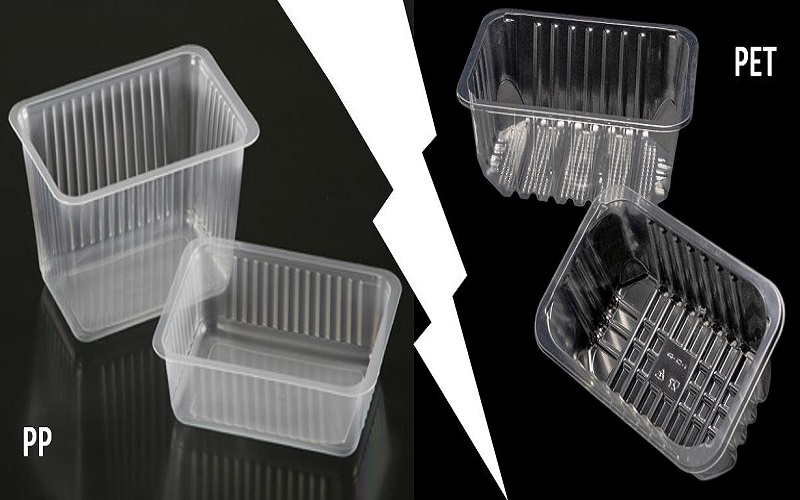
Conclusions
Objectively speaking, PET is a safe type of plastic. It does not contain BPA and is non-toxic and harmless in nature.
More importantly, PET has been certified as safe by major health and safety organizations around the world, including the U.S. FDA, Health Canada, the European Food Safety Authority, and others.
Over several decades of use in food and beverage containers, there have been no known adverse effects associated with PET; extensive research on PET and its packaging has repeatedly demonstrated its safety.
While the environmental impact of PET still requires attention, global efforts to enhance PET recycling and transition towards more sustainable packaging solutions are being intensified.
